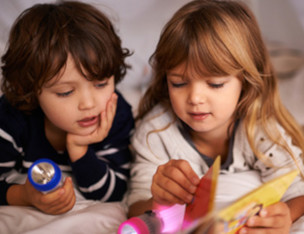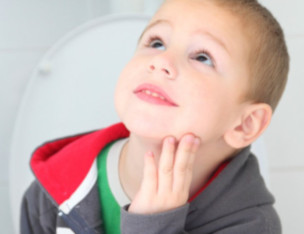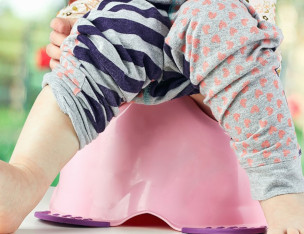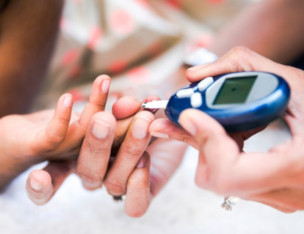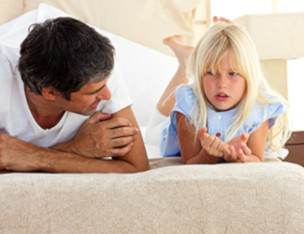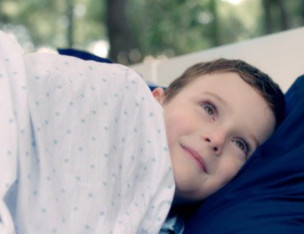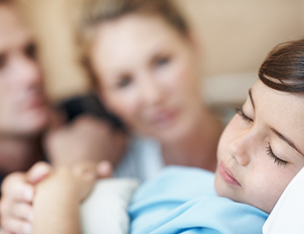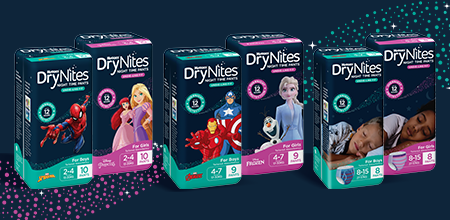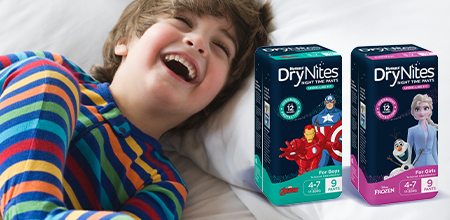If your child has been dry at night for a consecutive period of more than six months and they begin wetting the bed again, it could be down to a urinary tract infection (UTI).
UTIs can result in the frequent need to urinate, even if the bladder is not full, and they can cause bedwetting in young children. In relation to bedwetting, UTIs is predominantly associated with secondary nocturnal enuresis (previously dry, but has started bedwetting again), as opposed to primary nocturnal enuresis (has always wet the bed).
Urinary tract infections are generally not serious – most can be treated with a course of antibiotics.


